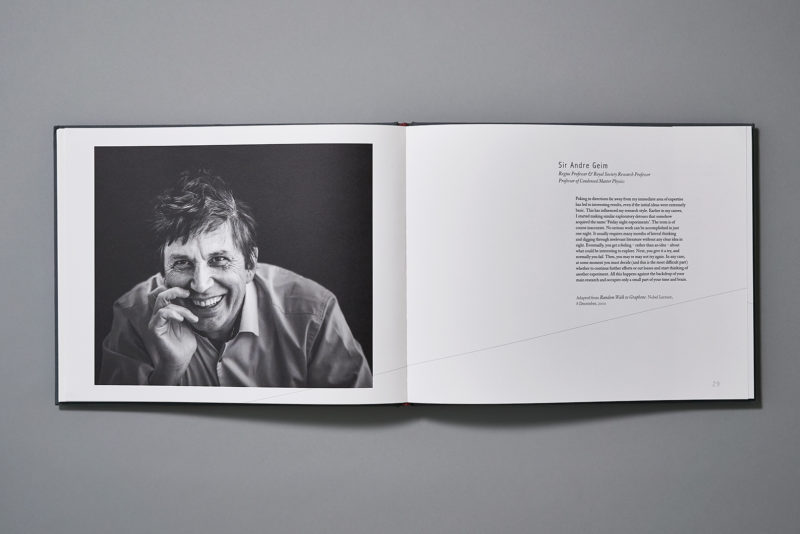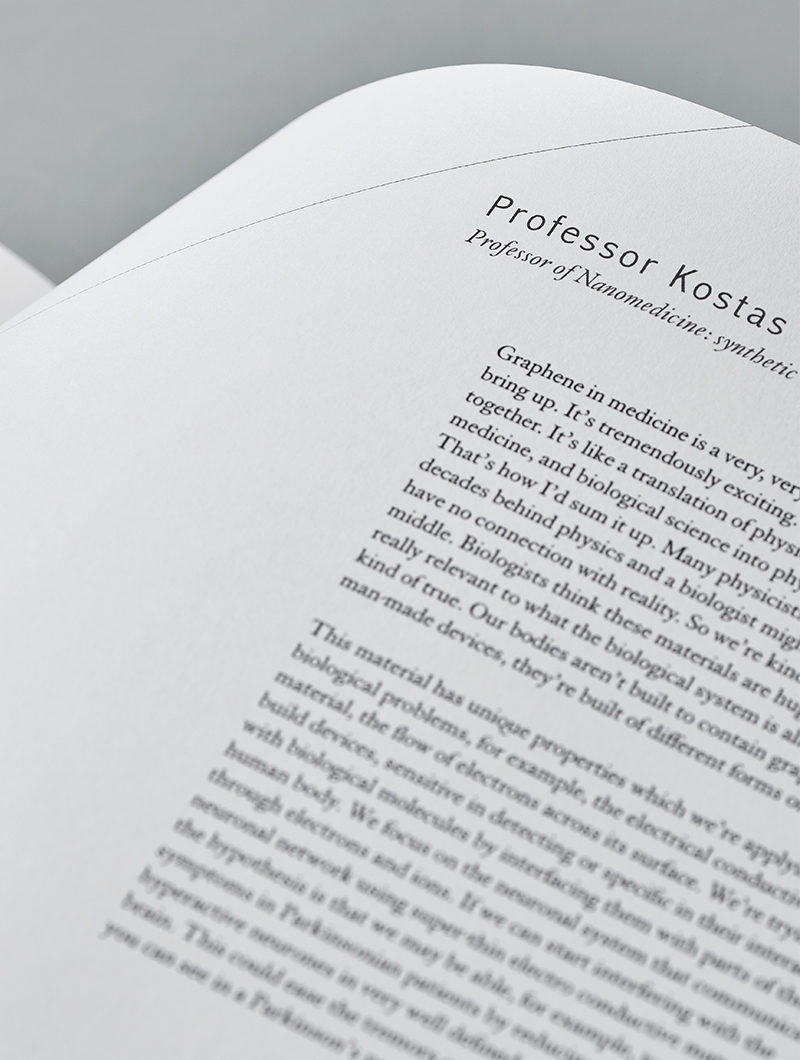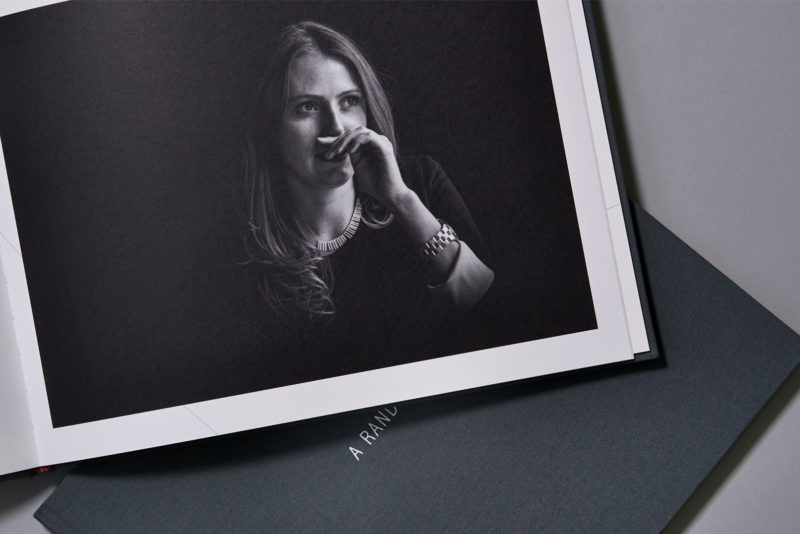


Hurtwood special guest Mark Epstein, on documentary photography that looks forward not backwards and celebrating the world’s first 2D material.
Documentary photography often takes the form of legacy projects that seek to preserve something disappearing in the face of change – it could be a physical space, a community or a way of life. This project, A Random Walk, is the opposite. I wanted to capture something emerging into the world. The new material, graphene, is the first 2D material. It’s just one atom thick and has many extraordinary properties. It’s about 100 times stronger than the strongest steel, conducts heat and electricity; it’s nearly transparent and is flexible. These qualities make this material hugely interesting for its potential uses: flexible electronic devices, battery technology and desalination are just a few areas of interest. For the last twelve years it’s been creating quite a buzz in the worlds of physics, chemistry and even biology and it all started at the University of Manchester. Two professors, Andre Geim (below) and Konstantin Novoselov picked-up the Nobel Prize in Physics for their work in this area and a new institute, the National Graphene Institute has recently been built. Research into graphene is happening world-wide and there is a rush to find applications and bring them to market but Manchester is still at the forefront of this race and much work is still at the research stage.
For this project I set about interviewing and photographing anyone and everyone working in and around graphene at the university. Online and in thousands of academic papers, the science is being discussed, debated and disseminated but nobody was speaking about the people making this quiet revolution happen. I wanted to lift up the graphene curtain just a little, and peek underneath at those doing the work – their motivations, hopes and fears and hopefully get a few stories along the way. Their stories were brilliant – not just the science, but discussions of wider ethical challenges, personal histories, journeys and obsessions – I found myself building a disparate, multinational collection of gifted women and men. After interviewing Kostas, I couldn’t sleep. It may have been all the coffee but more than likely it was his hugely generous, energetic explanation of where he’s taking this new material and ethically, how carefully his group have to tread bringing graphene into the body. And Maria (bottom row left) described how she came to work at the National Graphene Institute, from school in Moldova, via university in Romania. I could see the thread that had brought her to this place; not ambition in any conventional sense, but rather the drive to discover and learn more. It was thrilling to meet such remarkable people. And then I took their photograph.
For a project is to be properly realised, it needs to have a physical form, be it a set of prints, an exhibition or a book. The project became, not an objective, critical view of graphene, but a subjective story told by a fan of these people. My photography grows out of love and sympathy for my subjects – I’ve tried taking cool, objective views of the world around me but it just doesn’t work – I get too excited when I take photographs, so I have to settle for my own partial view with all its limitations laid bare. And this subjectivity extends beyond the subject to the people I work with, who give shape to my vision. I can’t work with picture framers or printers or publishers who don’t get what I’m trying to say. My pictures can only be made material by those who sympathise with the stories I’m trying to tell – it’s not something I can explain easily – but I can feel it when it happens.
And it happened with Francis at Hurtwood Press. I first met him briefly at an art book fair. I took a copy of a beautiful little Artisan Books catalogue and it sat on my desk for two years. What struck me was that they seemed to be the only publisher I’d found who would produce tiny runs at such a high quality. From our first conversation, Francis not only knew what I wanted to do, he was ahead of me, making suggestions that took the project forward. When you’re battling to get a project off the ground having an ally is hugely important. I didn’t know if my idea was any good, if my writing was interesting or if my images were clichés but Francis got what I was trying to do from the first moment. Throughout the nine months of the project Francis sent me postcards of random images with no particular message. At the beginning, I thought “who the hell’s that from?” but then they became little reminders that Hurtwood Press hadn’t forgotten me even though we hadn’t chatted for a while. I’m planning to frame them all and put them on the wall in my new study as they form an oblique visual reminder of the journey I took with Francis through this project. As I said, my photography grows out of love and sympathy, a sense that extends beyond my subjects and when that feeling is returned to me, it’s somehow reflected in the book we produced together. When every decision in the book-making process is made with experience and love: the paper, the printing, the binding, the design and the fonts, what results is a beautiful object that is somehow more than the sum of its parts. Don’t expect cool objectivity from me towards Hurtwood Press, I’ve become a fan.
Words: Mark Epstein
A Random Walk was produced using our Tailored Book landscape size (235 x 300mm). The dark grey book cloth ‘Plate’ was an obvious choice, and customised with white foil blocked text. The book also had custom endpapers and pages, designed by Carter Wong Design. Printing was by Pureprint and the binding was by Ludlow Bookbinders.